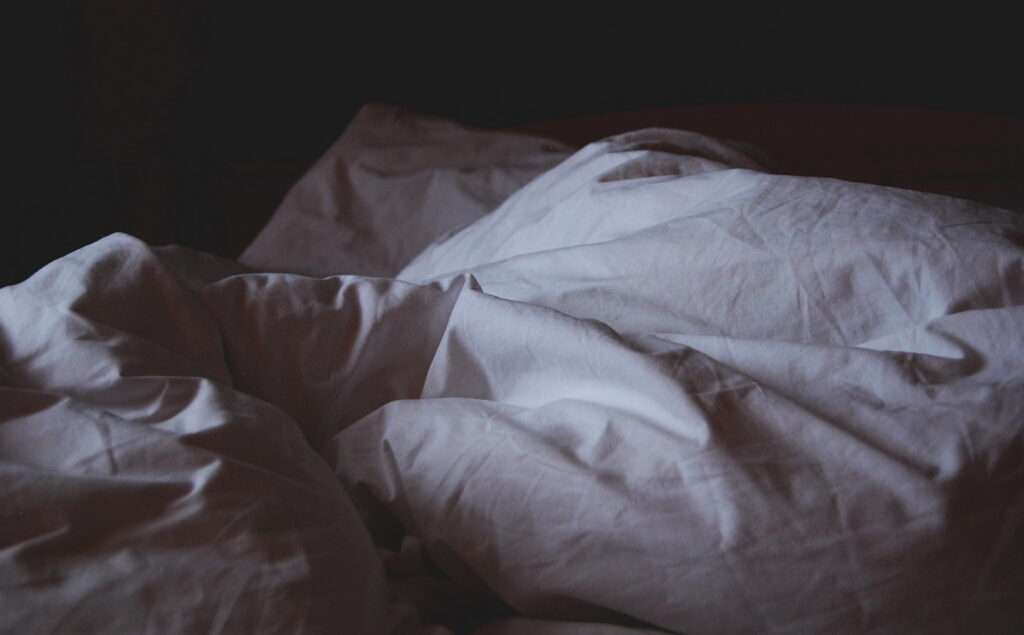
Discovering a bed bug infestation can be shocking. Getting rid of them after they have multiplied is even more difficult. Bedbugs are small in size, with an incredible ability to hide, which can hinder detection during inspection until they have increased in number. Eliminating them is more expensive, time-consuming, and labour-intensive once they multiply. The only way to avoid bug mayhem is to know the early signs of infestation and what to do with the bugs and if you’ve got the bed bug already it is mandatory to call pest control Toronto and let professionals deal with it.
Where to Look
Bedbugs hide in cracks and crevices in various parts of the house. They can also spread to other rooms quickly, making them harder to eliminate. However, you might find them under mattresses, headboards, or bed frames. Folds of drapes, clothing joints, and pillow and sofa seams are also popular hiding places.
Looking in these areas provides visual confirmation, but how do you know if you have bed bugs without seeing them? Signs like blood or fecal stains on surfaces and bedding can indicate their presence even if you do not see live bedbugs. You may also find eggs or dead insects on the bed or sofa.
Confirming a bedbug problem before implementing any measures is essential. You can use sticky traps to capture them. Various bedbug monitors are available to help you detect, track, and intercept the bugs before they become impossible to manage.
How to Identify Bedbugs
Bedbugs thrive in humid conditions and can live long without feeding. They feed on human blood at night when active and can live up to 7 months without feeding. A female can lay up to five eggs daily that hatch after approximately 10 days. That is the major reason why they can spread quickly throughout a home. The bugs mature after around one month, during which they can make your home very uncomfortable.
Adult bugs are oval-shaped with a reddish-brown colour and flat bodies that can be around 3/16 to 3/8 inches in length. Their bodies elongate and become darker once they feed, changing to dark red. Their eggs are typically pear-shaped and white.
How to Tell if You Have Bed Bugs
Blood Stains on Sheets
Blood stains or dark specks on your bedding are initial signs that bedbugs have infested your sleeping area. Blood oozes when bugs bite, transferring onto the sheets, clothing and pillows as you turn or change positions. You may also crush the bugs before they digest the blood, causing blood spillage on the bedding.
An infestation that has lasted long has slightly different signs. The stains may be dark brown or black from droppings or crashed eggs, generally appearing on clothing or bedding. The longer you take to eliminate the bugs, the more the spots increase. Depending on the number of bugs, the stains may appear in a cluster or all over the sheets.
Note: Fecal marks may appear on other fabrics like sofa upholsteries and curtains and on the walls and other surfaces. Fecal stains, usually smaller than blood stains, do not wash out easily on fabrics, smudging distinctively after washing like magic marker stains.
Visual Confirmation
Seeing the actual bugs is rare because of their size and nighttime activities, but it is one of the surest early signs of bed bugson a property. Watch out for oval-shaped insects the size of flaxseeds, reddish-brown in colour, with large abdomens and short antennae. You may only see the details up close, which may be difficult before they feed.
One of the best ways to find live bedbugs is by following stains. Look for rusty-coloured spots of feces or blood that are difficult to clean, and you will find hiding places nearby. Remember, the bugs appear flatter before they feed – confusing them with other pests is highly likely.
Bedbug Eggs
The presence of eggs is one of the irrefutable early stages or early signs of bed bugs, but it is not apparent. Eggs are small, around one millimetre, with a translucent colour that makes them difficult to see. However, they cluster together to form a more visible sticky and shiny substance. Since bedbugs like wood, such surfaces should be your focal point for the inspection. Check the bed frame, walls, or cabinet corners.
Bed Bugs on Mattress Signs
A musty odour is one of the easy-to-notice early signs of bed bugs on mattresses. Any strange smell without a detectable origin around your bed requires further investigation; it could be insects emitting pheromones, fecal matter or dead bedbugs. Different people describe the stench differently, but most people report an offensive musty odour as the bedbugs multiply. The larger the number, the more the excrement and subsequent odour. There have been a few cases where the smell is sweet during the first few days of infestation, resembling raspberries or cilantro. However, it smells like mouldy laundry, damp towels, or rust for most people.
Tip: Early-stage or early bed bug stains on sheets can also indicate bugs on the mattress. Inspecting all your bedding and the bed frame is necessary if you notice the indications on the sheets.
What do Bed Bugs Look Like on a Mattress?
Since odour is unreliable, confirming the presence of the bugs visually on the mattress is vital. Check the mattress seams for brown insects that are either flat or balloon-shaped, depending on whether they have fed. The insects should have six legs and antennae with four parts. You may also find translucent casings with a yellow shade. The shell is the exoskeleton the bug sheds as it moults and can vary in size.
Signs of Bedbugs Feeding
Checking your skin for early signs of bed bugs is advisable because they feed exclusively on blood, mostly at night. Look for inexplainable marks appearing as red welts or itchy bumps on your arms, face, neck, legs, and hands. You may not notice when the bugs are feeding because it is painless.
Bedbug bites are similar to mosquito bites and can be mistaken for other insect bites. However, a few distinct elements set bedbug bites apart. For instance, the bite marks appear as three or more welts in a row or a zigzag line. The groupings are usually in small areas and may have a burning sensation or turn into blisters for people with sensitive skin.
Different people react to the bites differently. Some may not have any symptoms, while others may have severe reactions. The only way to confirm that you are dealing with bedbugs and not other insects is to see them alive.
Finding Bugs Early – How to Check for Bed Bugs
Look for insects with narrow heads and oval-shaped abdomens. Adults are brown, whereas nymphs are translucent. The bugs have two black eyes protruding on the sides, six legs, and two antennae. The antennae have four segments and typically stick out from the head. Vestigial wing pads are located on the thorax, but the bugs cannot fly.
What to Do After Finding Bedbugs
Now that you can tell how to know if there are bed bugs in your home, you need to know how to remove them. The best and easiest option is to call the experts to deal with them. However, you can also try some home remedies such as:
- Washing clothes on high heat: Keep the bedding and infested clothes separate from all other fabrics and furniture.
- Removing clutter: Removing all potential hiding spots makes it harder for the bugs to thrive. Clear the space as you check for infestations in the junk.
- Mattress cover: Investing in a cover for your mattress when early signs of bed bugs are evident can stop their spread. The encasement can make it harder for the bugs to bite, leaving them to starve and eventually die. However, that may be challenging because bedbugs can live without food for up to seven months. Still, the encasement is an ideal temporary solution.
Early Signs of Bed Bugs Infestation – FAQs
Why is my house suddenly full of bugs?
Bugs infest homes when brought by pets or humans. However, animals are less likely to spread bedbugs compared to humans. You may carry the insects from hotel rooms or other places you visit, and they can remain hidden for months. They thrive most in humid and untidy spaces.
What is most likely to indicate a pest infestation?
All the indications mentioned above, such as early signs of bed bugs on sheets,mattresses, walls, and furniture, can show you have a potential pest infestation. Examples include blood and fecal stains, odour, bite marks, shell casings, and live insects. A thorough inspection is necessary if you notice one or more signs.
Remember, you may not notice bedbugs during the early days of their infestation. A thorough inspection of your clothing and furniture is advisable, especially when returning from travels.
What are early-stage or early bed bug stains on sheets?
The same bed bug signs on a mattress can appear on the sheets. The most common examples are stains from excrement or blood. Shell casings and eggshells are other signs, though they are rare on the bedsheets.
How Do You Know If You Have a Bug Infestation?
The best confirmation of infestation is finding a live bug. Ignoring all the signs of bed bugs on walls, bedding, or furniture is not advisable. Call expert exterminators like the PestLine Incorporated crew to assess your property and implement a suitable bedbug eradication plan.



